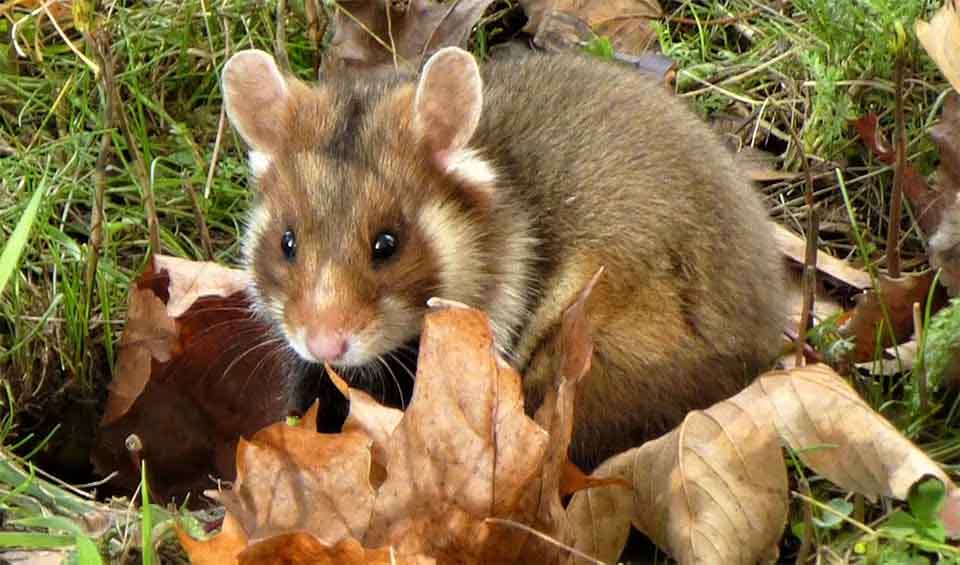Cricetidae – Cricetids
The family of New World rats and mice, voles, hamsters, and relatives -sounds like a mouthful, no?
This family comprises a vast array of small to medium-sized rodents, including voles, hamsters, lemmings, and New World rats and mice. With over 700 species, this family stands as one of the most diverse within the order Rodentia. The name “Cricetidae” itself originates from the Latin word “cricetus,” referring to the common European hamster, which has historically served as a model organism in scientific research.
One of the defining characteristics of Cricetidae is their remarkable adaptability to various habitats and environmental conditions. From the frozen tundra of the Arctic to the sweltering deserts of the Americas, these rodents have managed to carve out niches for themselves in virtually every terrestrial ecosystem on Earth. This adaptability is underscored by their diverse dietary preferences, which range from herbivory to omnivory, allowing them to exploit a wide range of food resources available in their respective habitats.
Within the Cricetidae family, there is considerable variation in behavior and ecological roles. Some species, such as voles, are primarily herbivorous and play critical roles in shaping plant communities through their grazing activities. Others, like hamsters, exhibit burrowing behavior, constructing elaborate underground tunnels and chambers for shelter and storage. Lemmings, famous for their periodic mass migrations, showcase the remarkable navigational and migratory abilities of certain Cricetidae species.
Furthermore, the reproductive strategies employed by Cricetidae species are as diverse as their habitats. Many species within this family are characterized by rapid reproductive rates, with females capable of producing multiple litters per year. This high reproductive output is often coupled with short gestation periods, allowing populations to quickly rebound from fluctuations in numbers due to predation or environmental variability.
Genera in this family
Champion breeders, capable of producing multiple litters each year
Has a striking resemblance to miniature Arctic hares
Can actually be identified by their fecal pellets, which are small, greenish, and resin-scented
With stocky bodies and short tails, but has essential ecological roles
Have persisted for millennia in the same cold refuges that once harbored Ice Age fauna
Their name Aegialomys comes from Greek roots meaning “mouse of the shore,” a nod to their coastal habitats
To prepare for winter, they gather huge amounts of food – sometimes up to 65 kilograms – and store it in their burrows
They’re kind of like big, furry rats but with a different shape









